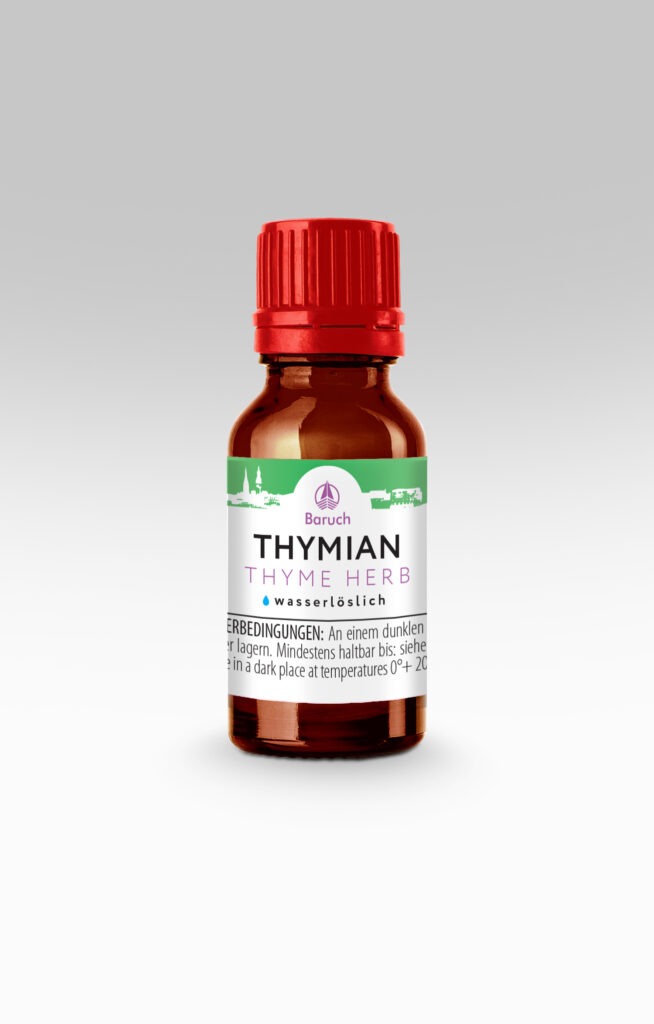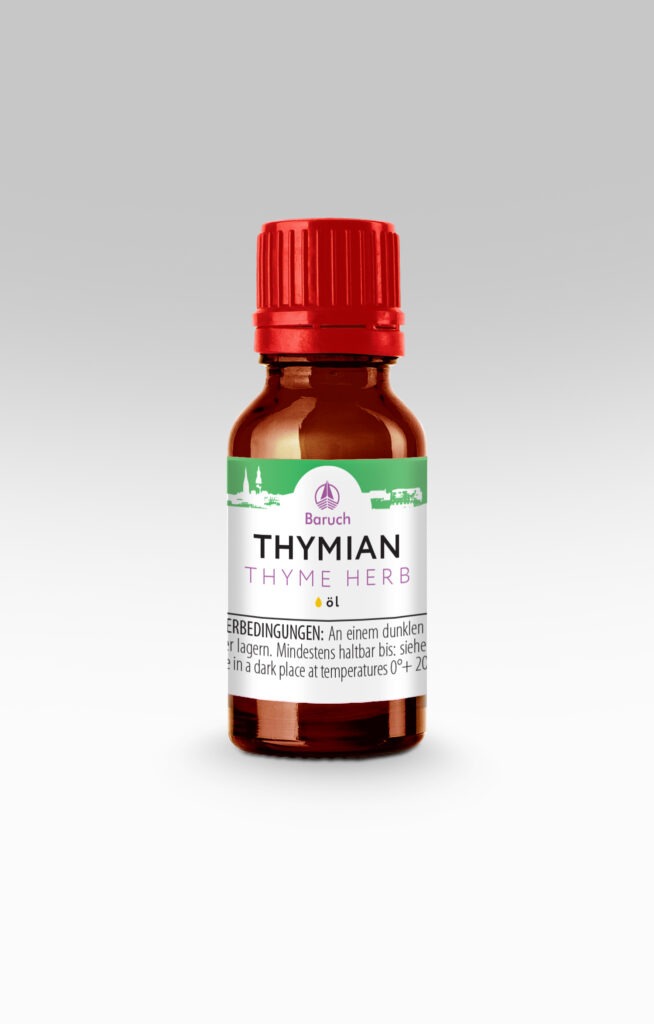CO2 extract from thyme of the many types of thyme, common thyme and creeping thyme are used. Very often thyme is confused with the common thorn apple or savory, although these are completely different plants. Savory has a tart, tangy, balsamic aroma.
The composition of the CO2 extract from thyme is very similar to the same classic essential oil. Due to its pharmacological effectiveness, it can be argued that the CO2 extract of thyme helps to relieve the symptoms of angina and bronchitis, normalize digestive processes. Helps against alcoholism, treats diseases of the upper respiratory tract, helps against chronic fatigue syndrome, depression and apathy, relieves pain in rheumatism, osteochondrosis, arthritis. It is used in dietary supplements for weight loss, neurasthenia, cellulite and to combat helminths. In the food industry, it is often used as a classic spice in meat products and Mediterranean cuisine, as well as in the formulations of non-alcoholic and alcoholic beverages.
CO2 extract from thyme “Biozevtika” is an oily liquid of yellow color with a pronounced, characteristic odor. In the course of chromatomass spectrometric investigations, several hundred compounds were analyzed, of which more than 40 were identified.


Chart 1. Main ingredients of thyme CO2 extract
| NAME | CONTENT IN% OF THE AMOUNT OF VOLATILE COMPONENTS | EFFECT |
|---|---|---|
| Timol | 3 | Has an anthelmintic, antiseptic, anti-inflammatory and analgesic effect. destroys microbes, parasitic organisms, fungi and viruses |
| Linalool | 60 | Is mainly used as a natural flavoring agent. Antiseptic |
| Alpha Terpiniol | 2 | Is mainly used as a natural flavoring agent. Antiseptic |
| Carvacrol | 0,3 | Inhibits growth and kills a large number of known pathogens. Normalizes the functions of the digestive system and strengthens the immune system |
| Camphor | 0,4 | Stimulates the cardiovascular system and the central nervous system. Has a calming and relaxing effect on the body and destroys foci of infection. Applied externally, it is shown to be a warming and healing agent with an aseptic effect |
| Karyophils | 3,3 | Mainly used as a natural flavoring agent. Antiseptic |
| Palmitic acid | 12 | Unsaturated fatty acid for waterproofing in cosmetics |
| α- and β-linolenic acid | 1,2 | Unsaturated. An essential fatty acid from the class of omega-3 fatty acids. It has a membrane protecting, angioprotective effect. Immunomodulatory, improves brain metabolism. |
| Linoleic acid | 0,9 | An essential unsaturated fatty acid of the omega-6 class. It has anti-inflammatory, vasoconstrictor, and aggregating effects. If there is no balance between omega-3 and omega-6 fatty acids, competitive processes can arise that influence the metabolism |
In cosmetic products, thyme CO2 extract can be recommended as:
- Highly effective anti-cellulite agent in special creams, packs and massage products
- a healing ingredient with a calming effect
- an ingredient to combat pustules and boils
- Agent for acne, to cleanse the skin
- Agent for combating fungal diseases of the skin, therefore it is often found in creams for legs and feet
- an ingredient against hair loss, prevents hair loss, stimulates hair growth
Chart 2. Application rates, recommendations for the use and storage of CO2 extract rhododendron
| Food usage rates | Item А100: 0.002% (20g per ton) Water-soluble microemulsions EMA1: 0.2% (2l per 1000l or 2ml per liter) |
| Application rates in cosmetics | Item А10: 1-3% Item А100: 0.1-0.3% |
| Recommendations for use | It is recommended to add CO2 extracts in the final stages of preparation, in the cooling phase of the end product. |
| Storage Instructions | Storage advice |
Wild thyme is found almost all over Eurasia with a temperate and subtropical climate. Grown as a medicinal plant.
Historically reference
In ancient times, thyme was used for long-term storage of meat dishes (before refrigerators existed) because of its bactericidal properties. Bouquets of thyme were also hung around homes during plagues, and often this herb was simply tossed into the fire to protect its healing smoke from the plague – surprising, but it helped, albeit to a limited extent. Noteworthy: In contrast to modern antibiotics, many microbes have not yet developed resistance to thyme and thyme extracts.
